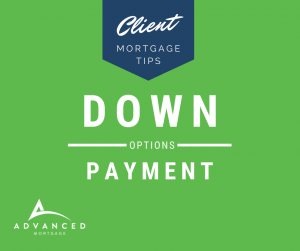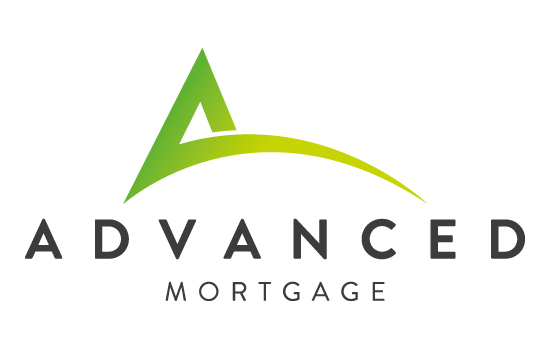 HOW TO VERIFY THE SOURCE OF YOUR FUNDS
HOW TO VERIFY THE SOURCE OF YOUR FUNDS
Buying a house? If you don’t buy property regularly—and most people don’t—you may need a refresher on the rules for mortgages and down payment sources. Not only will you need to prove that you can afford the mortgage, you’ll also need to show your lender where you’re getting the money for your down payment.
DOWN PAYMENTS IN CANADA
The following table shows the minimum down payment rules for insured mortgages in Canada. if your down payment is less than 20% of the purchase price, you’ll need to purchase mortgage default insurance. This is another cost to factor into your budget.
PURCHASE PRICE FOR HOME MINIMUM DOWN PAYMENT REQUIRED
$500,000 or less • 5% of the purchase price
Over $500,000 and under $1 Million • 5% of the first $5000,000
• 10% on the amount over $500,000
$1 million or more • 20% of the purchase price
DOWN PAYMENT SOURCES
You need to know what your down payment options are because this will help you decide whether to buy now, save more money, or find another source of funds for the down payment.
There are several ways to secure the funds you need. The lender will typically require that the first 5 to 10% of the down payment come from your own resources. (Savings)
Here’s what you’ll need to provide to show your lender you have the down payment:
You have the money in your account:
If you have the money in your account (or will soon), you may be asked to show the source of income to prove that it is not a loan that you are required to repay. Depending on where the money comes from, you may be asked to provide:
• Three or more months of bank statements from all accounts involved
• Three or more months of Investment statements
• Notice of Assessment (to show an income tax refund)
• The purchase agreement from your previous home – if you’re using the money from a sale
• Transaction documents showing the sale of an asset, such as other property or investments
• Transaction documents showing you’ve taken equity from another property you own
You are taking advantage of the Home Buyers’ Plan:
If you meet the criteria to participate in the Government of Canada’s Home Buyers’ Plan,
you can withdraw up to $35,000 from your Registered Retirement Savings Plan (RRSP) ($70,000 for a couple) for your down payment. Keep in mind that you must repay this amount within 15 years, so be sure you factor this into your budget.
Provide your broker with the approval documents from Revenue Canada along with statements showing you’ve liquidated the RRSP’s and transferred them into your main down payment account as proof of where your funds came from.
You’re receiving the money as a gift:
An immediate family member can give you the money for a down payment. An immediate family member can be a parent, child, brother, sister, grandparent or guardian. In some cases, non-immediate family members can also gift the money to you, depending on your lender’s policies. To prove the money is a gift, and not a loan, you will need to provide a “gift letter” that includes the following information:
• The giftor’s personal information (name, address, phone number)
• The giftor’s relationship to you
• The dollar amount of the gift
• The date they gave you the money (to be verified in your bank statements)
• A declaration that the money is a gift and does not need to be repaid
Your mortgage broker will provide you with a standard form specific to your lender that the giftor can complete to ensure it is done correctly.
You’re borrowing some of the money:
Property is expensive, and there are many reasons why you may not have the full amount of your down payment saved when you see a property you wish to buy. There are some circumstances in which you may be able to use borrowed funds, such as a credit card, line of credit or other loan to get the balance of your down payment. Please keep in mind that any credit must be calculated as part of your debt servicing ratio and may lower the amount you are eligible to borrow for a mortgage.
GETTING YOUR DOWN PAYMENT READY
As you get ready to close on your new house, there will be documents to sign and other conditions to be met. Some of these conditions will be time sensitive, so you don’t want a delay caused by missing paperwork. Having your down payment ready to go is one less thing for you to worry about—ideally 90 days before you need it.
You’ll also want your down payment amount confirmed before you discuss mortgage insurance. The amount will influence whether you even need mortgage insurance; it’s not required with a 20% down payment.
Talk to your mortgage broker about the source of your down payment. They can advise you on any rules you must follow and documents you must collect.

